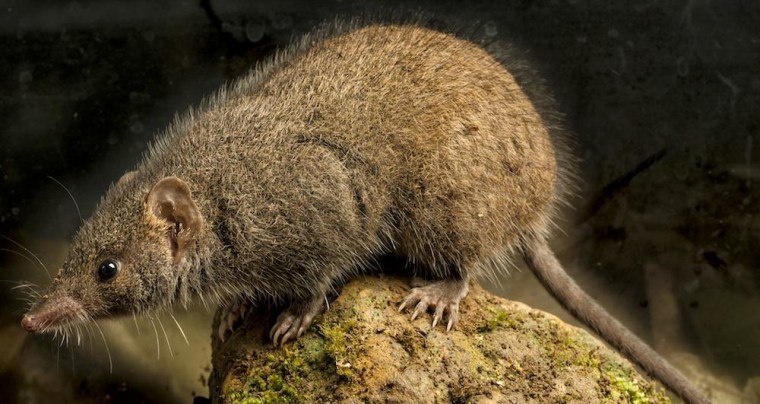A newly discovered pink-nosed rodentlike marsupial gives its all for sex — really. Males of the species mate so intensely that they die before their young are born.
The creature's discoverers caught the little lothario in Australia's Springbrook National Park with traps baited with peanut butter and oats. In a report published Feb. 17 in the journal Zootaxa, they dubbed it the black-tailed antechinus.
Other members of the antechinus group have already been discovered, some by the same team that found the newest species. Mammalogist Andrew Baker of the Queensland University of Technology had previously found two new species of the genus Antechinus in southeastern Queensland.
The researchers first saw the black-tailed antechinus in May 2013. It looked unlike the dusky antechinus, a relative that lives in the region, so Baker and his colleagues suspected they had seen something new. The yellow-orange fur around its eyes and rump helps distinguish it from similar species.
Marsupials in this genus are promiscuous maters. Females give birth to large broods that include offspring from several fathers. To raise their chances of siring more offspring, males mate for hours at a time with many females. This sends the animals' stress hormone levels skyrocketing, which eventually results in death.
Females collect sperm from their doomed mates and then ovulate, allowing for the simultaneous fertilization of many half-siblings. Most females die after their first litter is weaned.
Baker and his colleagues are seeking endangered species protection for the newly discovered marsupial.
— Stephanie Pappas, LiveScience
This is a condensed version of a report from LiveScience. Read the full report. Follow Stephanie Pappas on Twitter and Google+. Follow LiveScience on Twitter, Facebook and Google+.
